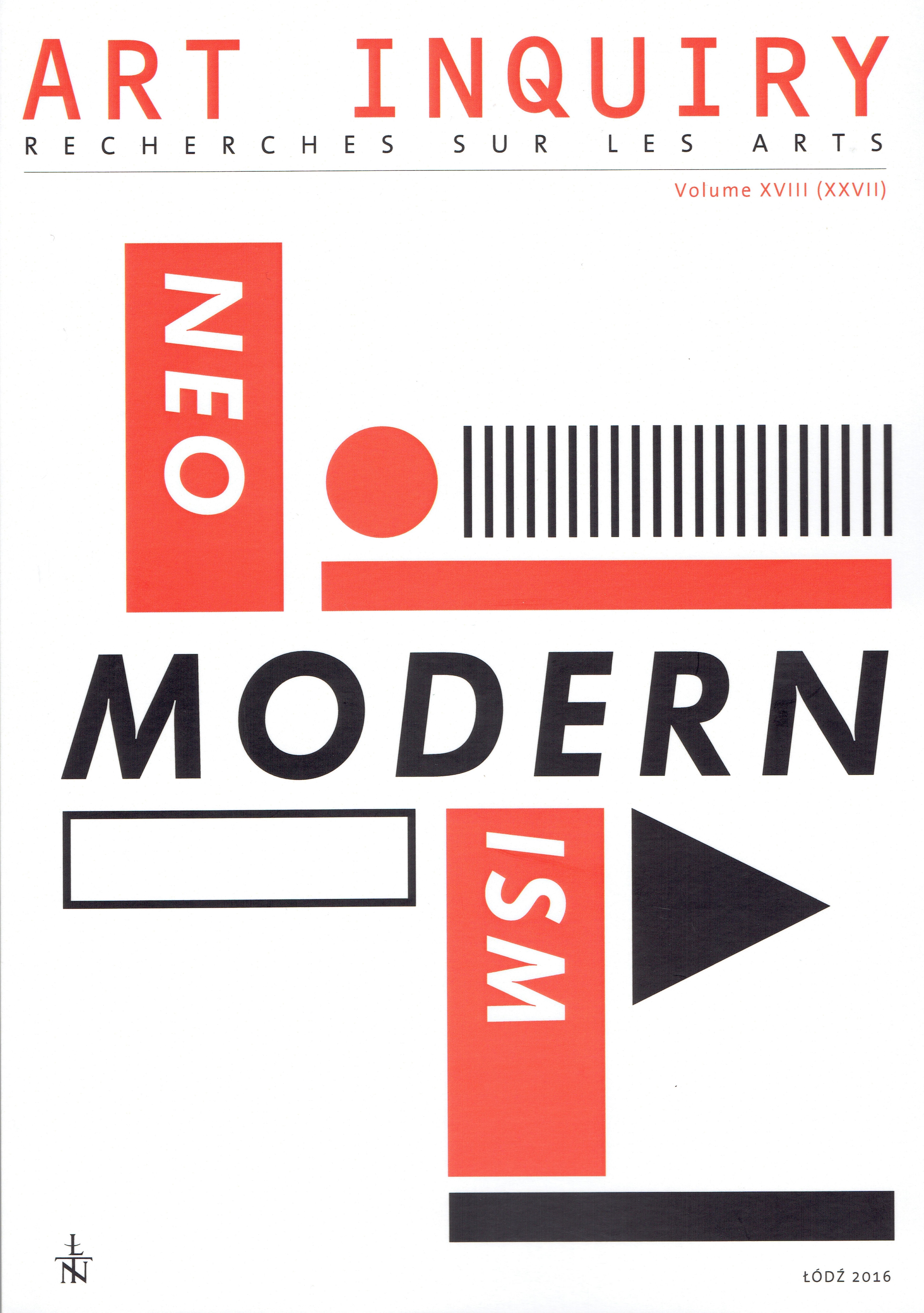Speeding Slowness: Neo-Modern Contemplative and Sublime Cinema Aesthetics in Godfrey Reggio’s Qatsi Trilogy
Speeding Slowness: Neo-Modern Contemplative and Sublime Cinema Aesthetics in Godfrey Reggio’s Qatsi Trilogy
Author(s): Kornelia BoczkowskaSubject(s): Philosophy, Fine Arts / Performing Arts, Studies of Literature, Sociology of Art
Published by: Łódzkie Towarzystwo Naukowe
Keywords: American experimental documentary film; neo-modern aesthetics; slow and contemplative cinema; sublime cinema; Godfrey Reggio;Qatsi Trilogy
Summary/Abstract: The article analyzes the various ways in which Godfrey Reggio’s experimentaldocumentary films, Koyaanisqatsi (1982), Powaqqatsi (1988) and Naqoyqatsi (2002), tend to incorporate narrative and visual conventions traditionally associated with neo-modern aestheticsof slow and sublime cinema. The former concept, defined as a “varied strain of austere minimalist cinema” (Romney 2010) and characterized by the frequent use of “long takes, de-centred and understated modes of storytelling, and a pronounced emphasis on quietude and the everyday” (Flanagan 2008), is often seen as a creative evolution of Schrader’s transcendental style or, more generally, neo-modernist trends in contemporary cinematography. Although predominantly analyzed through the lens of some common stylistic tropes of the genre’s mainstream works, its scope and framework has been recently broadened to encompass post-1960 experimental and avant-garde as well as realistic documentary films, which often emphasize contemplative rather than slow aspects of the projected scenes (Tuttle 2012). Taking this as a point of departure,I argue that the Qatsi trilogy, despite being classified as largely atypical slow films, relies on a set of conventions which draw both on the stylistic excess of non-verbal sublime cinema (Thompson 1977; Bagatavicius 2015) and on some formal devices of contemplative cinema, including slowness,duration, anti-narrative or Bazinian Realism. In particular, the images’ evocative oscillationbetween nostalgic neo-modernist natural and technological sublime might stem from its employment of extended shot duration subjected to slow motion as well as panoramic, accelerated and long panning shots enhanced by the atmospheric scores of Philip Glass.
Journal: Art Inquiry
- Issue Year: 2016
- Issue No: 18
- Page Range: 219-253
- Page Count: 54
- Language: English

